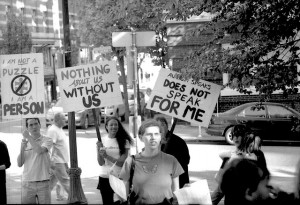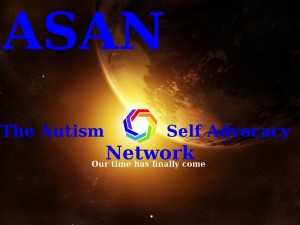Although the definition of autism has only existed for about seventy years, in the past few decades it has rapidly emerged as one of the most prominent and discussed disabilities in our modern society. The reason for this spike in prevalence remains largely disputed, proposed contributions including broader diagnostic criteria, the decline of institutionalization, environmental factors, and increased understanding and recognition of the disorder. Regardless of its causation, the autism community, comprised of autistic individuals and their allies, is growing; statistics estimate that 1 out of every 88 to 150 people fall on the autistic spectrum. Despite the size of its community, autism spectrum disorder is also one of the most complex and fractured disability communities due to its contested debates on epidemiology, treatment, representation, and advocacy.
Through this Ford project, I had the opportunity to assist Professor Erin McCloskey in designing a new course on autism, cross-listed in the American Studies and Education Departments, to be offered this coming fall. Because autism is a component of social identity and therefore both personal and political, the class will take a multidisciplinary approach to examining the condition, incorporating perspectives from the neurobiological, psychological, educational, political, and sociological sciences. The objective of the course is to consider the impact and interactions between those various different perspectives, recognize their influence in our modern society’s perception of autism, and challenge those current perceptions.
Professor McCloskey and I spent the first part of this summer immersing ourselves in the wide variety of material on autism and gathering a diverse array of perspectives on major issues. We then began to draft the progression of the course, using Stuart Murray’s book Autism, which integrate’s science and culture as a basic organizational text. Students will also be exposed to autobiographies and personal narratives, guest speakers, films, and projects such as student-run panels and cultural representation analyses. We will finish the summer by drafting lesson plans and working on the syllabus. This class is intended not only to engage students in a “hot button” disability topic, but to foster greater understanding and respect for the individuals affected by U.S. autism policy and practice.
Caroline Locke ’14


